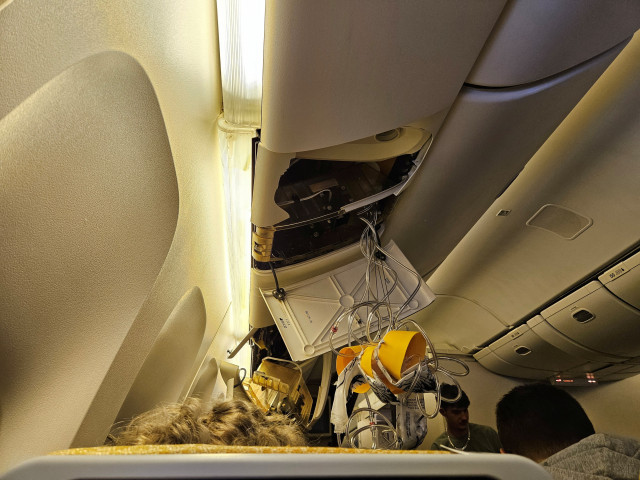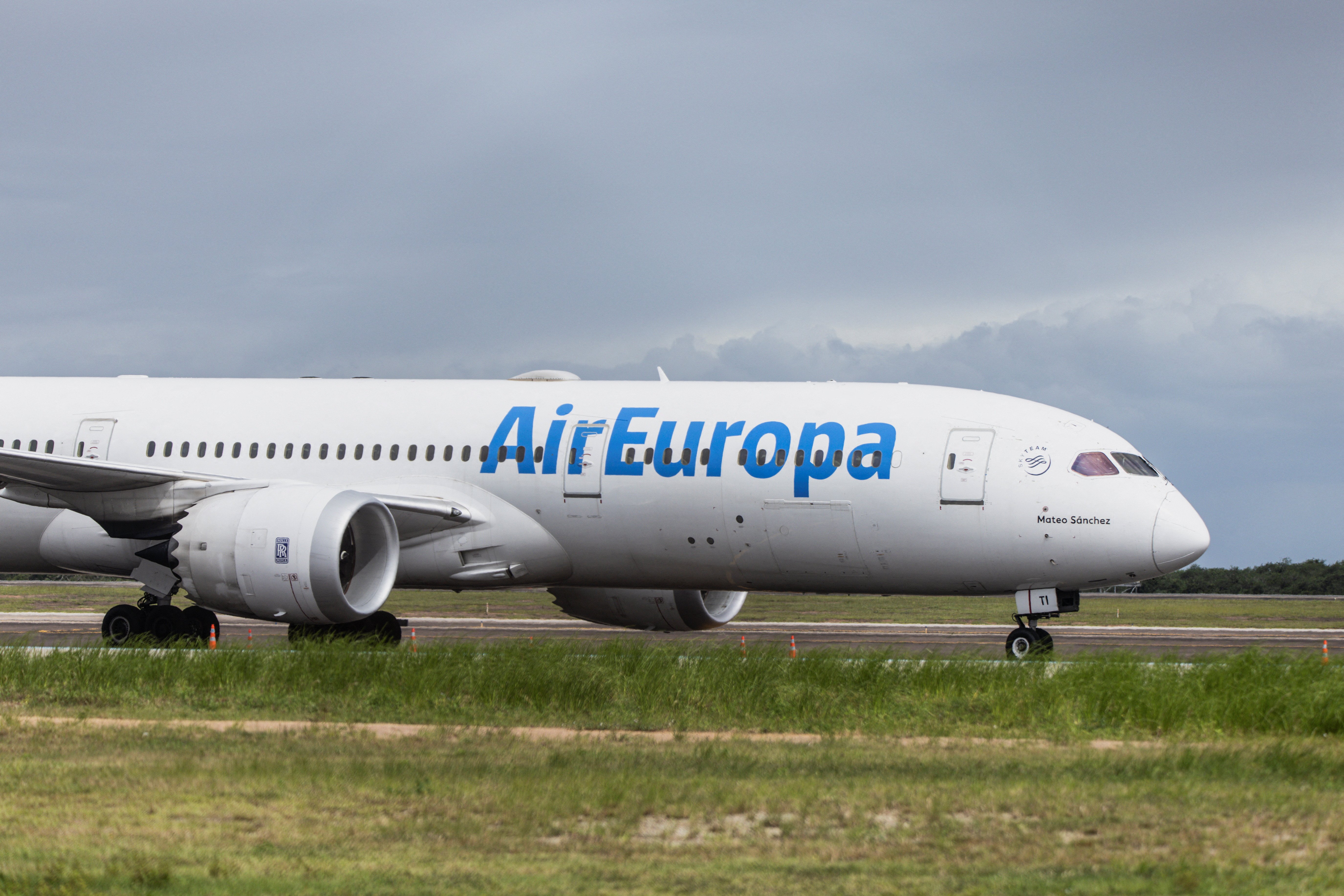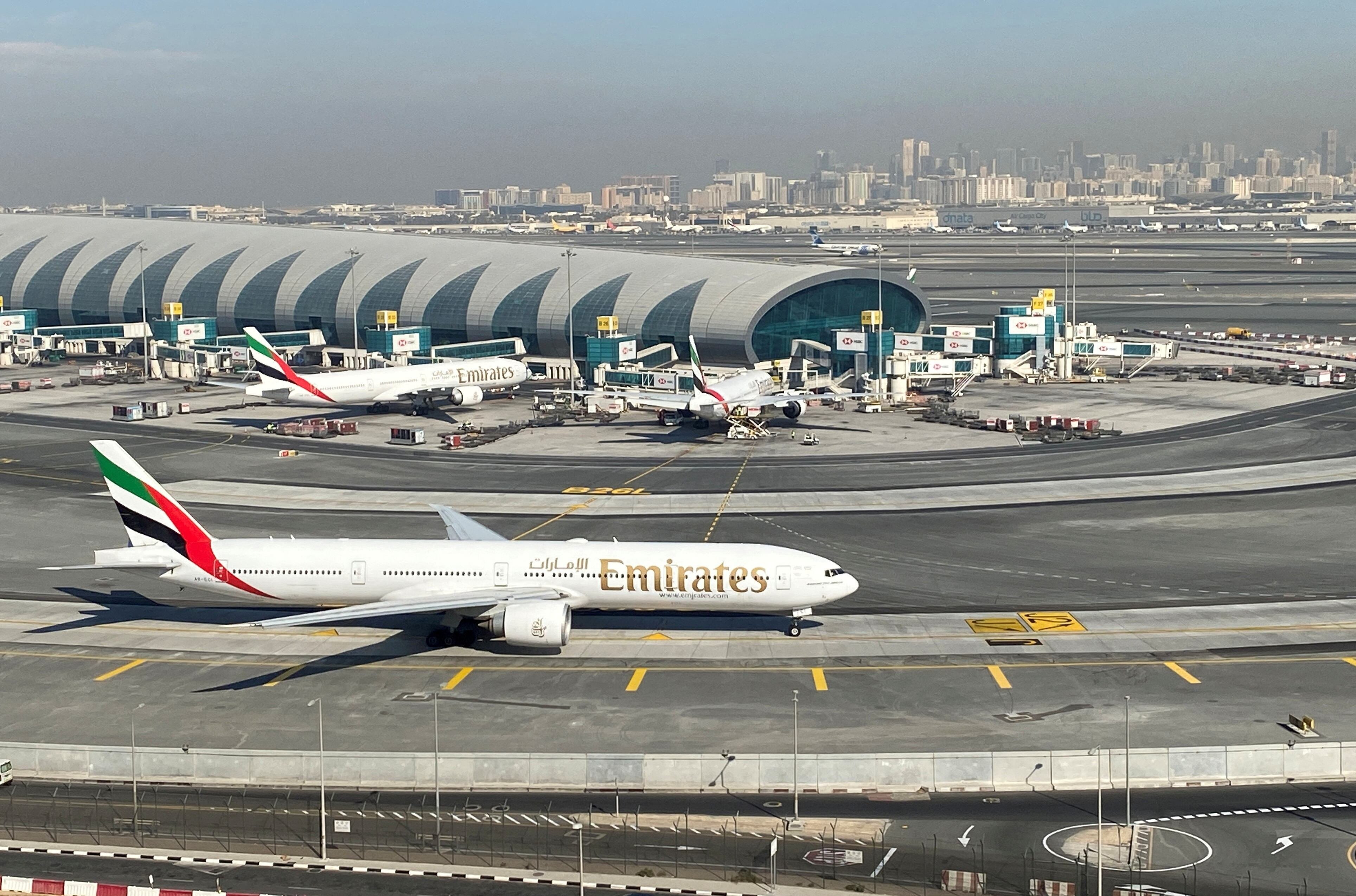Air turbulence: A growing threat to passenger safety amid climate change
Climate change increases turbulence, posing safety challenges for airlines; we explore reasons and risk mitigation.

Severe turbulence incidents are on the rise, with climate change altering jet stream patterns and making flights bumpier. Recent cases, including a deadly incident on an Air Europa flight, highlight the dangers of turbulence, which has become a significant concern for both passengers and airlines.
Turbulence occurs when a plane flies through disturbed air, causing the aircraft to experience sudden and often violent shifts. Traditionally, turbulence is expected during flights over oceans, mountain ranges, or during thunderstorms. However, a new type of turbulence, known as clear air turbulence (CAT), is becoming more common. This form of turbulence occurs without any visible weather disturbances, making it difficult to predict and potentially more dangerous.

Photo: REUTERS
In May, an Air Europa flight from Madrid to Uruguay encountered severe turbulence, causing multiple passengers to be thrown from their seats. The situation was so dire that the plane had to make an emergency landing in Brazil, where 30 passengers received emergency care and 10 were hospitalized with serious injuries. The sudden and unexpected nature of clear air turbulence was a key factor in the severity of this incident.
Similarly, a Singapore Airlines flight in the same month experienced a dramatic drop of 178 feet in less than five seconds, resulting in one passenger's death due to cardiac arrest and 20 others being sent to the Intensive Care Unit. These incidents underscore the increasing severity of turbulence and its potential to cause significant harm.

Photo: REUTERS
The increase in turbulence is linked to climate change, which affects atmospheric conditions and jet stream patterns. Since 1979, incidents of severe turbulence have increased by 55%, posing risks to passenger safety and costing airlines millions in structural damage each year. Warmer air temperatures from greenhouse gas emissions are altering the behavior of jet streams, creating more unstable air conditions that lead to turbulence.
For airlines, turbulence is not just a safety issue but also a financial one. It leads to increased maintenance costs, structural damage to aircraft, and compensation claims from injured passengers. The airline industry spends approximately $500 million annually on repairs and other turbulence-related expenses.
To mitigate these risks, airlines are investing in advanced radar technology that can better predict weather conditions and detect turbulence more accurately. Modern aircraft are equipped with sophisticated systems designed to withstand significant turbulence, but the unpredictability of clear air turbulence remains a challenge.

Photo: REUTERS
Passengers are advised to keep their seat belts fastened at all times during flights, regardless of the seatbelt sign, to minimize the risk of injury during unexpected turbulence. This precaution, while simple, can be life-saving in severe turbulence events.
Certain flight routes are more prone to turbulence than others. Regions like the North Atlantic, Western Pacific, Southeast China, and Northern India are hotspots for increased turbulence. Travelers flying over these areas should be particularly vigilant and prepared for possible turbulence encounters.
The aviation industry is also focusing on improving communication and data sharing among airlines. By sharing real-time information about turbulent routes, airlines can better prepare and warn other flights, potentially reducing the impact of turbulence on passengers and crew.
While air travel remains one of the safest modes of transportation, the rise in severe turbulence incidents underscores the need for continued advancements in prediction technology and safety protocols. Airlines, regulators, and researchers must work together to address the challenges posed by climate change and ensure the safety and comfort of passengers.
In conclusion, as climate change continues to impact atmospheric conditions, the aviation industry must adapt to the increasing threat of severe turbulence. By investing in advanced technologies and promoting passenger safety measures, the industry can mitigate risks and maintain the high safety standards that passengers expect.



















COMMENTS
Comments are moderated and generally will be posted if they are on-topic and not abusive.
For more information, please see our Comments FAQ